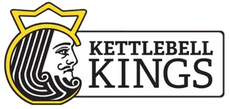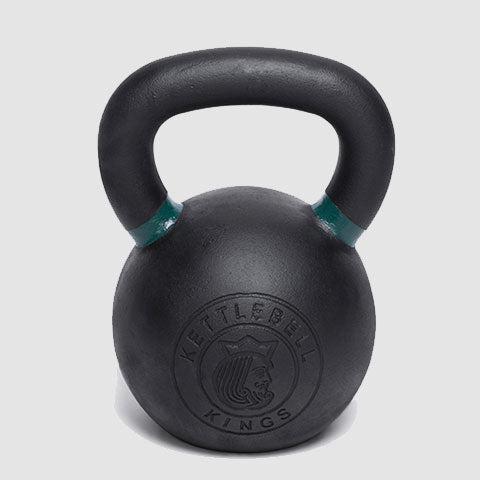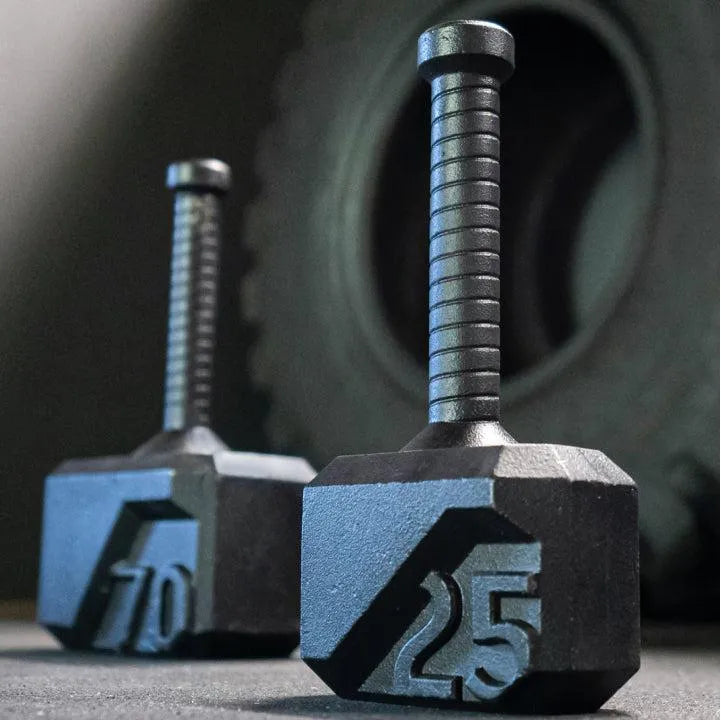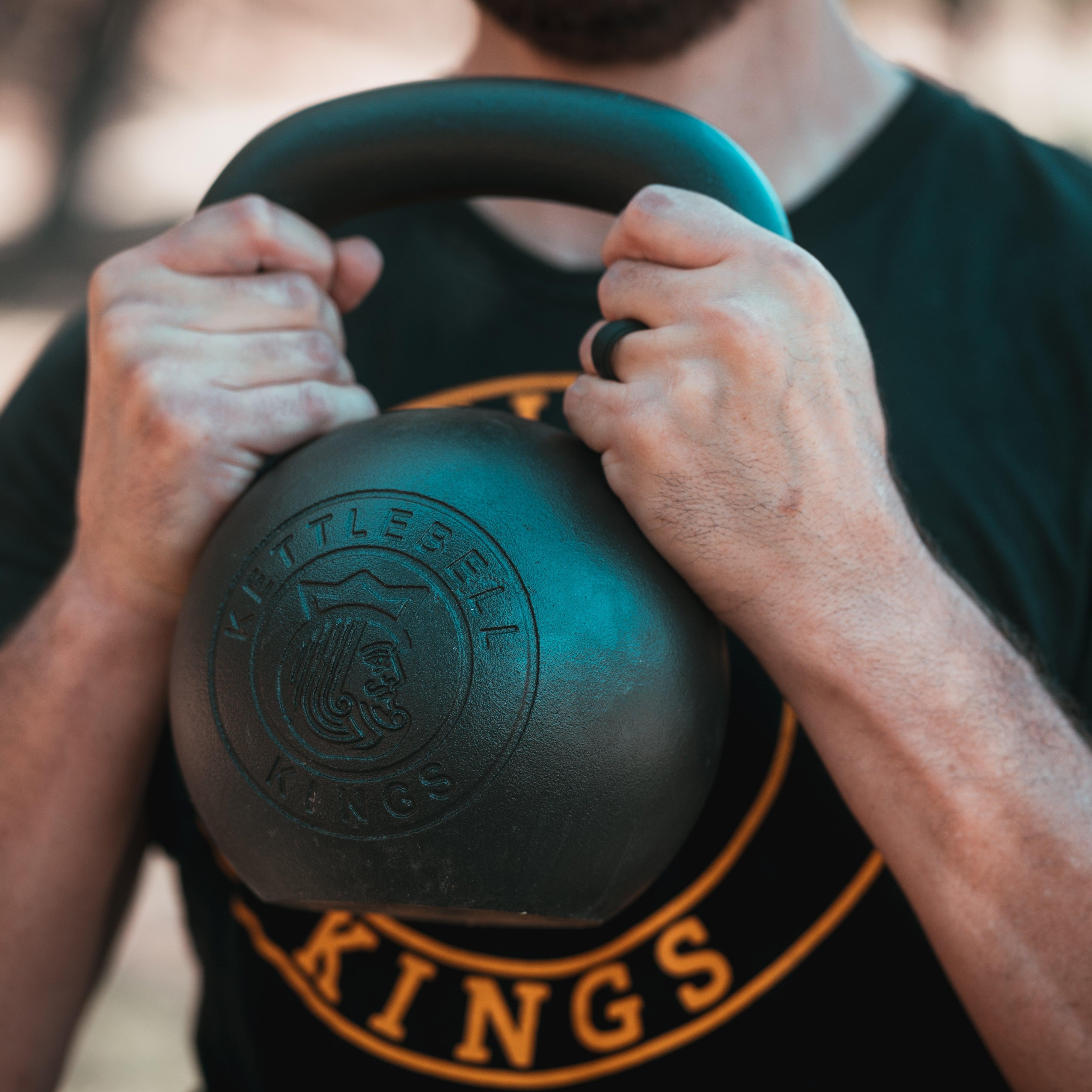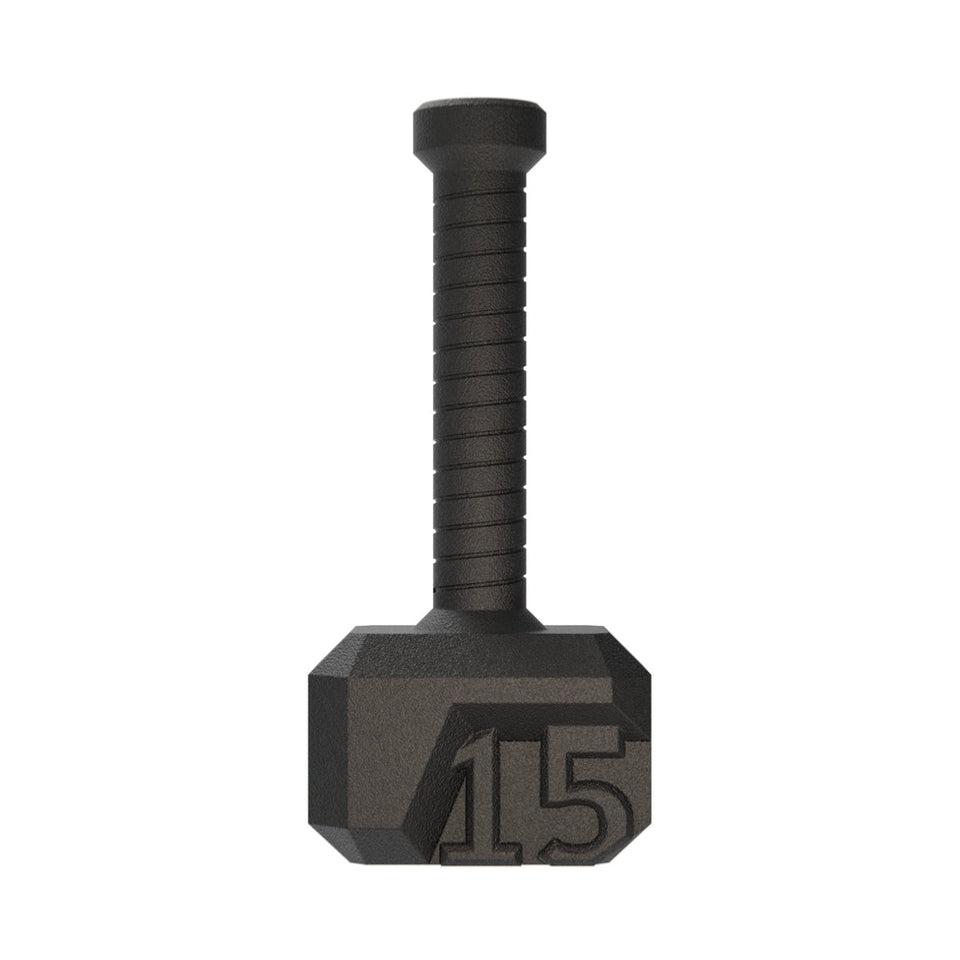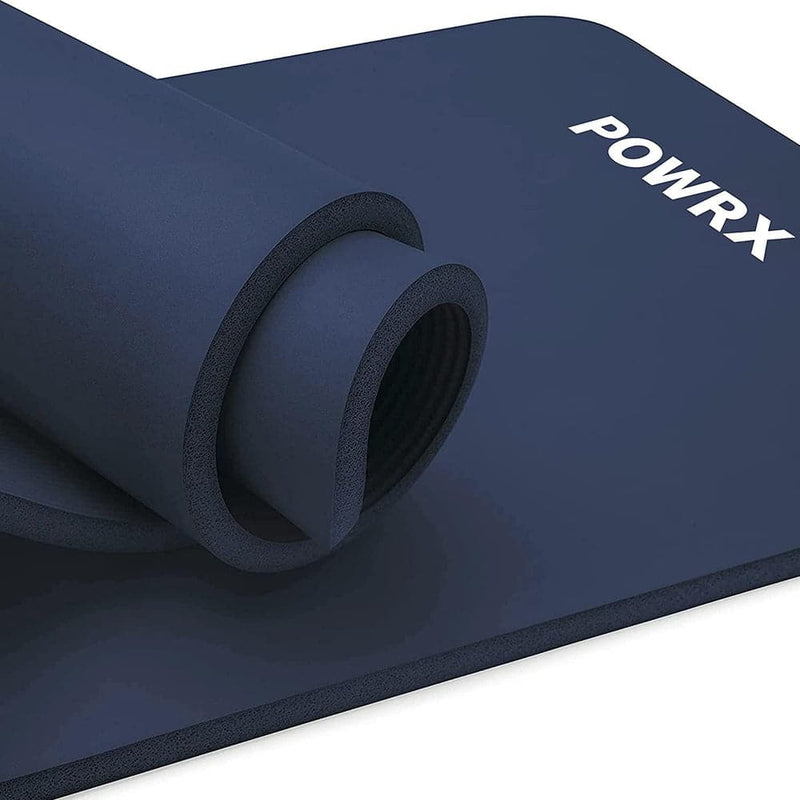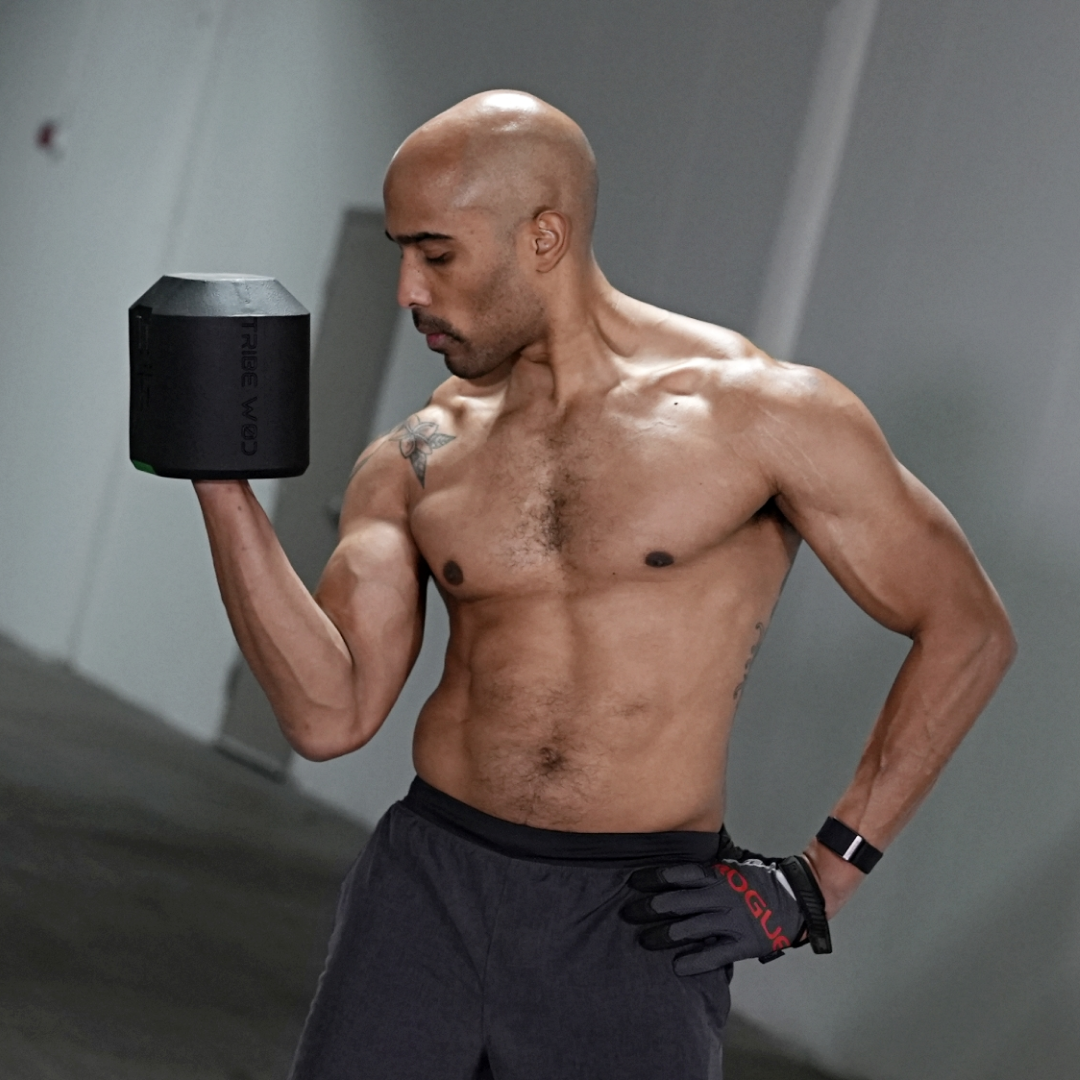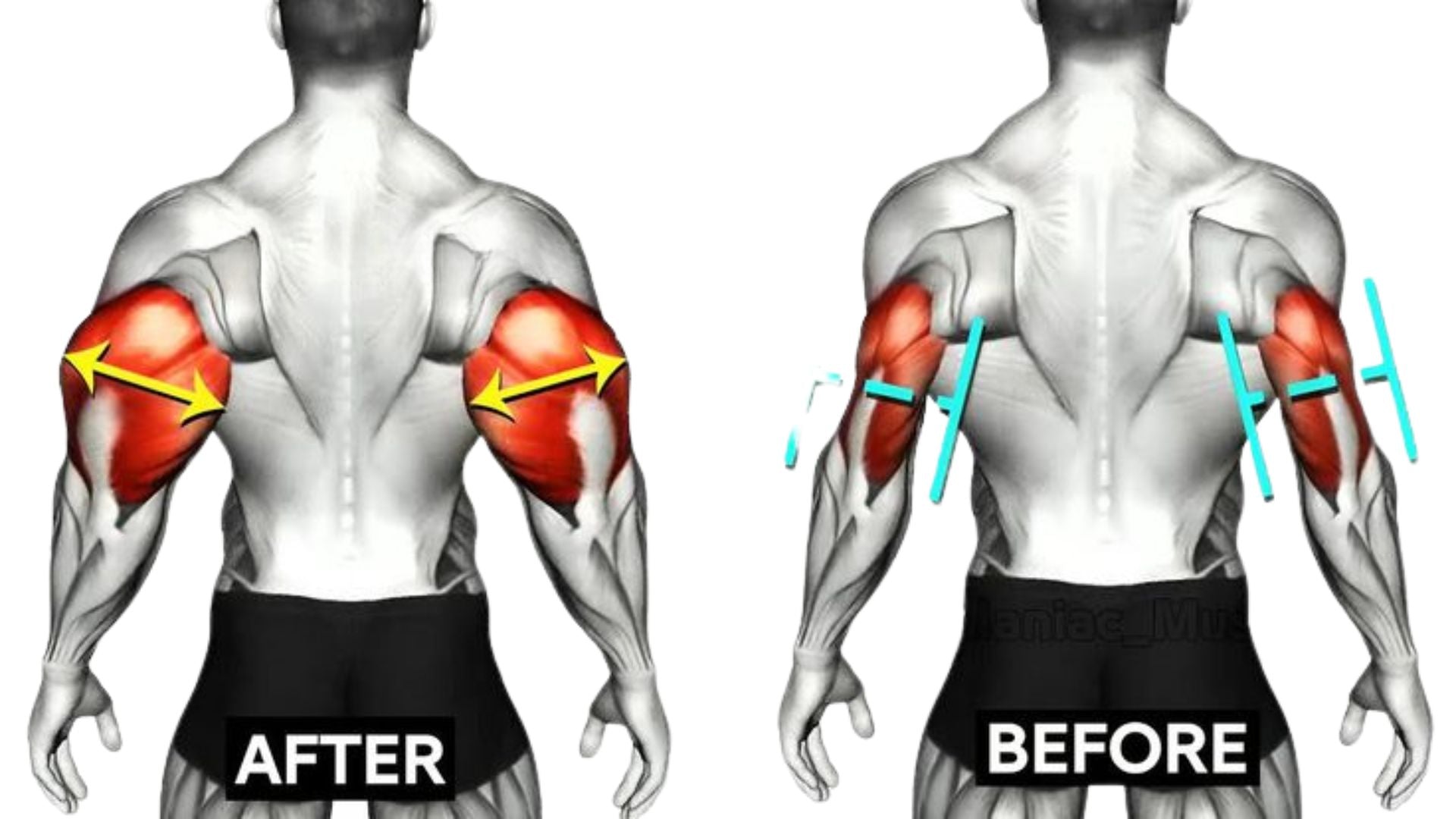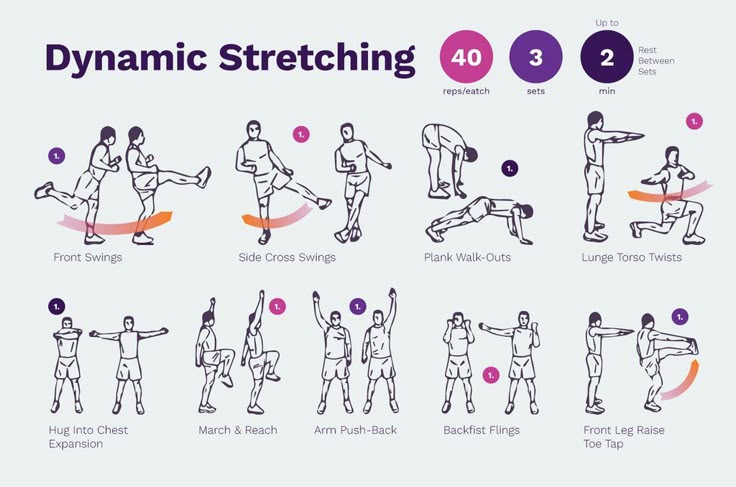The hook row is an effective strength-training exercise that targets multiple upper-body muscles, including the back, shoulders, and arms. Whether you're an athlete, bodybuilder, or fitness enthusiast, mastering this movement can significantly enhance your pulling strength, posture, and muscle development. This guide will cover the benefits, proper technique, common mistakes, and variations of the hook row to help you optimize your workouts while preventing injuries.
What is Hook Row?
The Hook Row is a rowing exercise that emphasizes grip strength by utilizing a "hook grip" (where the thumb wraps around the bar or kettlebell and is secured by the fingers). This grip variation allows for better control, reduces wrist strain, and enhances forearm endurance.
Muscles Worked:
-
Latissimus dorsi (lats) – Primary movers responsible for pulling the weight.
-
Trapezius (traps) – Supports upper back and shoulder stability.
-
Rhomboids – Help retract the scapula for better posture.
-
Forearms and grip muscles – Strengthened by the hook grip, leading to improved grip endurance.
-
Biceps – Assists in elbow flexion during the row movement.
Benefits of the Hook Row
1. Stronger Back and Grip
The hook grip provides additional wrist stability, helping to increase overall pulling strength. A stronger back improves posture and performance in other lifts such as deadlifts and pull-ups.
2. Reduced Injury Risk
By encouraging proper scapular movement and reducing wrist strain, the Hook Row minimizes the risk of shoulder and elbow injuries commonly seen in other pulling exercises.
3. Improved Performance in Kettlebell Training
For kettlebell athletes, a stronger grip and back lead to better control in swings, snatches, and cleans. The Hook Row builds endurance and resilience for high-rep kettlebell workouts.
How to Perform the Hook Row Correctly
The Hook Row is a strength training exercise that targets the upper back, traps, and rear delts while also engaging the core. Here’s how to perform it correctly:
1. Get Set Up
-
Stand shoulder-width apart, knees slightly bent.
-
Hold a kettlebell or dumbbell in each hand with a neutral or slight overhand grip.
-
Hinge forward slightly at the hips, keeping your back straight and core engaged.
2. The Rowing Motion
-
Drive your elbows back and slightly outward, keeping them close to your torso.
-
Your wrists stay aligned with your elbows—no unnecessary wrist curling.
-
Imagine squeezing a pencil between your shoulder blades as you lift the weight.
3. The Lowering Phase
-
Slowly lower the weight back to the starting position.
-
Keep full control—no swinging or using momentum.
Hook Row Variations & Progressions
Once you've nailed the basic Hook Row, it's time to spice things up! Whether you want to build strength, add intensity, or challenge your stability, these variations and progressions will take your back gains to the next level.
1. Single-Arm Hook Row (More Core Engagement & Stability)
Forces your core and stabilizers to work harder.
How to do it:
-
Hold a single kettlebell or dumbbell in one hand.
-
Keep your free hand on your hip or lightly resting on a bench for balance.
-
Perform the row with strict control, keeping your torso stable.
-
Switch sides after completing your reps.
2. Hook Row with Resistance Band
Great for muscle activation and easy on the joints.
How to do it:
-
Attach a resistance band to a low anchor point.
-
Row the band towards you while maintaining proper form.
-
The further you step back, the harder it gets!
3. Incline Hook Row
Hits the upper back and traps even harder.
How to do it:
-
Lie face down on an incline bench (30–45 degrees).
-
Hold dumbbells, let your arms hang straight.
-
Row the weights up, focusing on squeezing your shoulder blades together.
-
Since you're supported, there's no lower back strain!
4. Hook Row to Press (Full-Body Power Move)
Combines upper back, shoulders, and arms for max efficiency.
How to do it:
-
Perform a Hook Row, then immediately press the weight overhead.
-
Control the descent and repeat.
-
Great for athletes or those short on time.
5. Deficit Hook Row
Increased range of motion = more muscle fiber recruitment.
How to do it:
-
Stand on a raised platform (a weight plate or small box).
-
Lower the weights slightly below foot level before rowing.
-
Keep your form strict and controlled.
How to Progress the Hook Row
Increase Weight – Gradually add more resistance.
Slow Down the Tempo – Try a 3-second eccentric (lowering phase).
Add a Pause – Hold the top position for 2-3 seconds for extra contraction.
Do More Reps – Aim for 12-15 reps per set for endurance and hypertrophy.
How to Integrate the Hook Row into Your Workout
The Hook Row is a powerful exercise for building upper back strength, improving posture, and enhancing pulling power. To maximize its benefits, you need to program it correctly within your workouts.
|
Category |
Details |
|
Workout Splits |
Upper/Lower Split – Perform on Upper Body Days Push/Pull/Legs Split – Add to Pull Day Full-Body Workouts – Pair with core & leg moves Functional Training – Use in circuits or HIIT |
|
Best Pairings |
Strength & Size: Hook Row, Deadlifts, Pull-Ups, Face Pulls Fat Loss & Conditioning: Hook Row, Kettlebell Swings, Jump Rope, Push-Ups |
|
When to Perform |
After Compound Lifts (Deadlifts, Pull-Ups) Before Isolation Moves (Face Pulls, Rear Delt Raises) In Circuits for conditioning |
|
Recommended Frequency |
Strength & Growth: 2x per week General Fitness: 1-2x per week Conditioning: As needed in circuits |
|
Pro Tip |
Focus on form first, then increase weight for best results! |
Hook Row vs. Other Rowing Exercises
|
Exercise |
Primary Focus |
Best For |
|
Hook Row |
Strict form, controlled muscle activation |
Strength and hypertrophy |
|
Bent-Over Row |
General back development |
Strength and power |
|
Pendlay Row |
Explosive strength |
Athletes and Olympic lifters |
|
T-Bar Row |
Mid-back emphasis |
Muscle mass growth |
Common Mistakes & How to Fix Them
|
Mistake |
What Happens |
How to Fix It |
|
Rounding the Back |
Puts stress on the lower back, reducing effectiveness. |
Keep a neutral spine, engage your core, and hinge properly at the hips. |
|
Using Too Much Momentum |
Takes tension off the back muscles, reducing gains. |
Slow down the movement—focus on controlled reps and proper form. |
|
Elbows Flaring Too Wide |
Shifts tension away from the target muscles. |
Keep elbows slightly outward but close to the body to activate the right muscles. |
|
Pulling with Arms Instead of Back |
Reduces back activation and can strain the biceps. |
Focus on squeezing the shoulder blades together—think “pull with your back.” |
|
Not Completing the Full Range of Motion |
Limits muscle engagement and growth. |
Pull the weight all the way to your ribs and squeeze at the top before lowering slowly. |
FAQs About the Hook Row
1. What muscles does the Hook Row target?
It primarily works the upper back, traps, rear delts, and lats, while also engaging the core and biceps for stability.
2. How is the Hook Row different from a standard row?
The Hook Row emphasizes a controlled, slightly outward elbow path, targeting the upper traps and rear delts more than traditional rows.
3. Should I use dumbbells, kettlebells, or a barbell?
All work! Dumbbells/kettlebells allow more range of motion and stability work, while a barbell lets you lift heavier.
4. How do I avoid lower back strain?
Keep a neutral spine, engage your core, and avoid excessive leaning. If discomfort persists, try an incline or supported variation.
5. How often should I do the Hook Row?
For strength, 2x per week is ideal. For general fitness, 1-2x per week works. Add it to pull days or full-body workouts.
